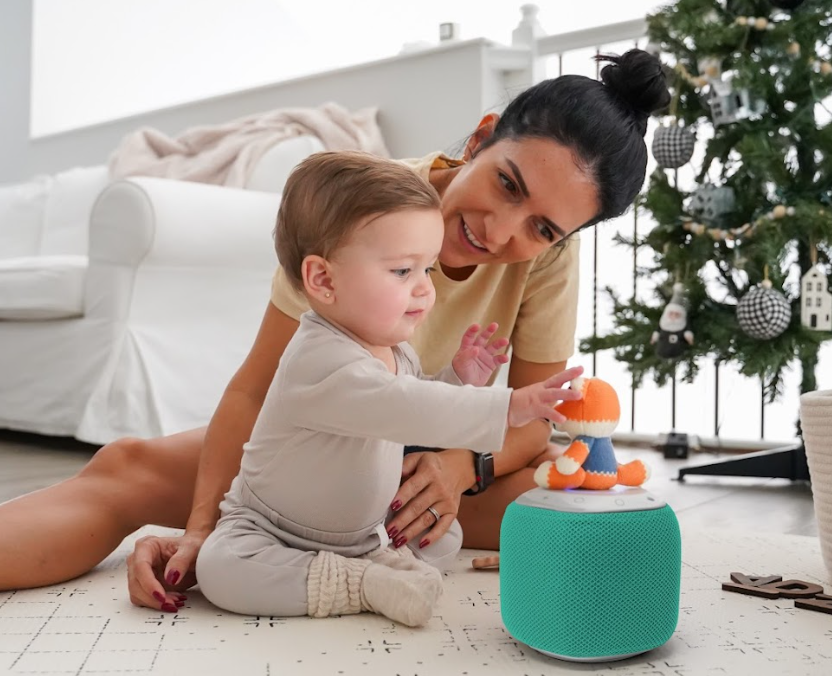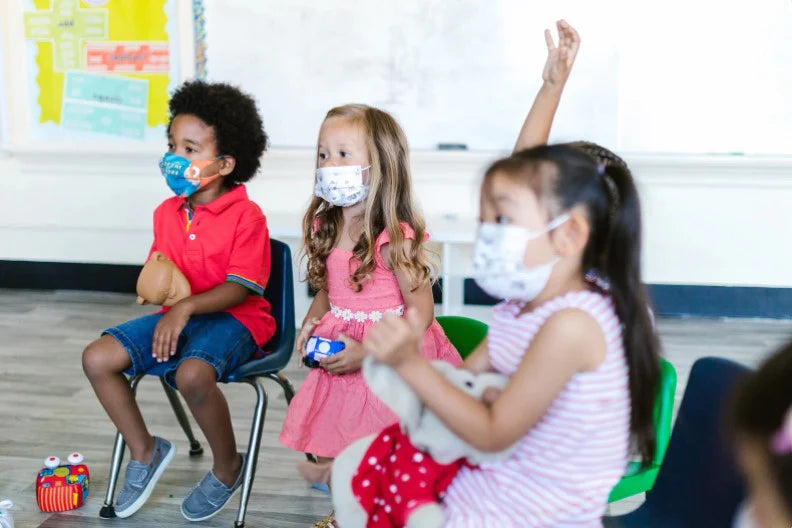Most 6-year-olds will be attending the 1st grade this year and you'll notice their skills progress exponentially! Whereas they were learning their letter names and sounds in kindergarten, 1st grade will teach them to write simple sentences and how to read sight words. It's an exciting time and knowing what they'll be expected to learn this year will help you to support their learning at home. So what will your child be learning in the 1st grade?
- Reading - Your child has likely learned how to decode some CVC words in kindergarten (vowel-consonant-vowel words like cat, dog, cup, etc.) This year, they'll be learning up to 150 sight words and begin reading simple, grade-leveled books (think easy books like See Spot Run). Be sure to support them at home by providing them with plenty of reading opportunities. They can even start helping you read during their nightly bedtime routine! The Smurf's Phonics Collection: Short Vowel Books from Storypod is a great place to start!
- Writing - This is the year your child will begin writing simple sentences, particularly narrative sentences. These are sentences that tell a story, either imagined or about themselves. In the classroom they'll be given writing prompts like, "Write about your favorite thing to do with your family." In response, your child will be expected to draw a picture and write a sentence or two about it. For example, your child may draw your family at the beach and write, "I like to go to the beach. We play in the sand."
- Math - In the first grade, children will learn their numbers up to 100 and start adding and subtracting numbers within 20. They'll also practice comparing numbers and determine whether they are greater than, less than, or equal. You can help them by asking them to tell you to count things at home and tell you how those numbers compare to other items. For example, ask them to count the apples and oranges in the fridge and report what you guys have more of.
- Time and money - Time and money make an appearance in first grade. They will learn to identify the different coins and their values. They'll also learn how to read a face clock to the nearest half hour. This is an easy skill to solidify at home. Dump out the coins in your wallet and ask them to group them for you and tell you their values. Ask them to read your watch and report the time every so often. Practice makes perfect and they'll be eager to show off their skills!
- Measurements - Your child will also be learning about measurement this year. They'll use rulers to measure things to the nearest inch, learn about comparing weights, and will discover volume using cups. This is a fun skill to experiment with at home, especially if you allow your little one to assist you in the kitchen! Let them help you bake cookies by measuring out the flour and the sugar. Another fun game is to give them a ruler and find things around the house that are 6 inches long or less than 1 foot and so on.
Remember that all children learn at different paces. If your child seems to be having trouble with some concepts, practicing at home consistently for short amounts of time each day will generally do the trick and get them where they need to be in time. Be sure to practice patience and speak with their teacher if you have concerns.








